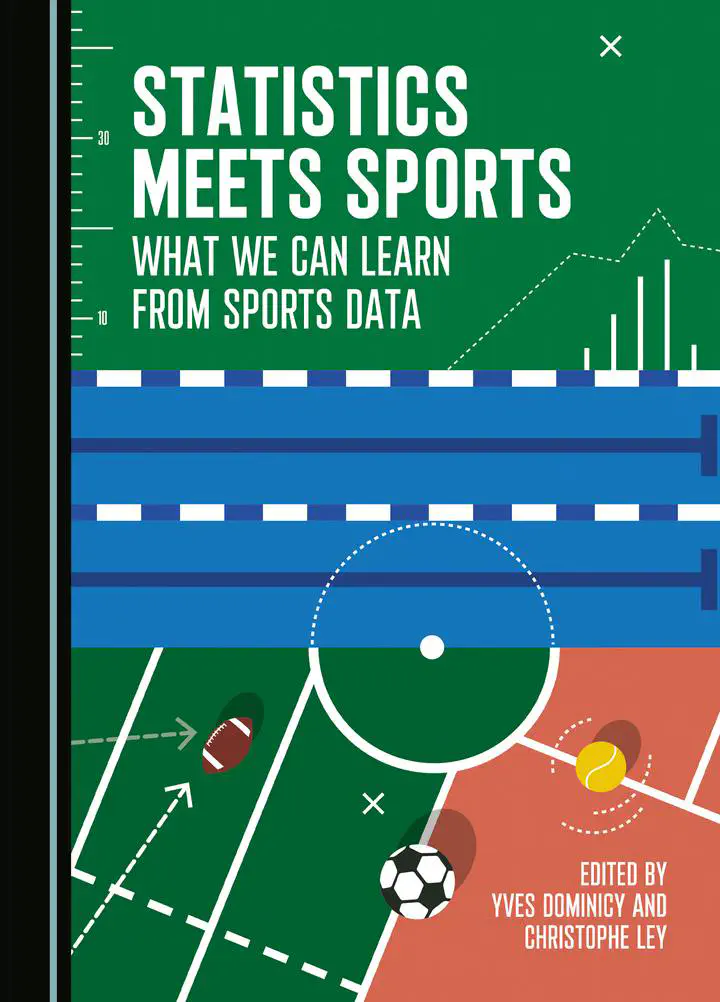
Abstract
Morphology, Talent Identification, Training Methods… Among the Many Ways of Looking at Performance in Swimming. (Chapter 4)
This chapter aims at offering multiple point-of-views on a sport that might sometimes appear as simple as swimming back and forth in a pool. Under this seeming simplicity, the term swimming actually gathers a diversity of sub-disciplines and formats, each one bringing its specificities and its own key determinants to performance. Nonetheless, as any measured and well-recorded sport, swimming provides the ideal playground for statisticians and sports scientists keen to apply their skills for unravelling the leading aspects driving performance. Among these attempts, we will present recent work on the influence of morphology on racing speed for both elite male and female swimmers. Interestingly, using Bayesian statistical models, this influence is quantified and reported as far from negligible, despite an uncertainty inherent to all sports results. From another perspective, recent advances in machine learning methods, and particularly in the field of Gaussian processes, have offered new insights on the problem of talent identification. From the information obtained by training an algorithm on thousands of previous swimmers’ careers, the forecast of future performances for any young swimmer has been dramatically improved by providing efficient probabilistic predictions. On an unrelated topic, the International Swimming League (ISL) 2020 competition has been organised, due to Covid-19, during a whole month where athletes participated in many races in a short period of time. These unique conditions provided an ideal context for analysing the effect of multiple races on the performance and the eventual progression for different profiles of swimmers, and a brief summary of the main results is presented in the chapter. A quick detour on several recent topics of elite swimming and associated practical tools for analysis and visualisation purposes will be proposed as well.